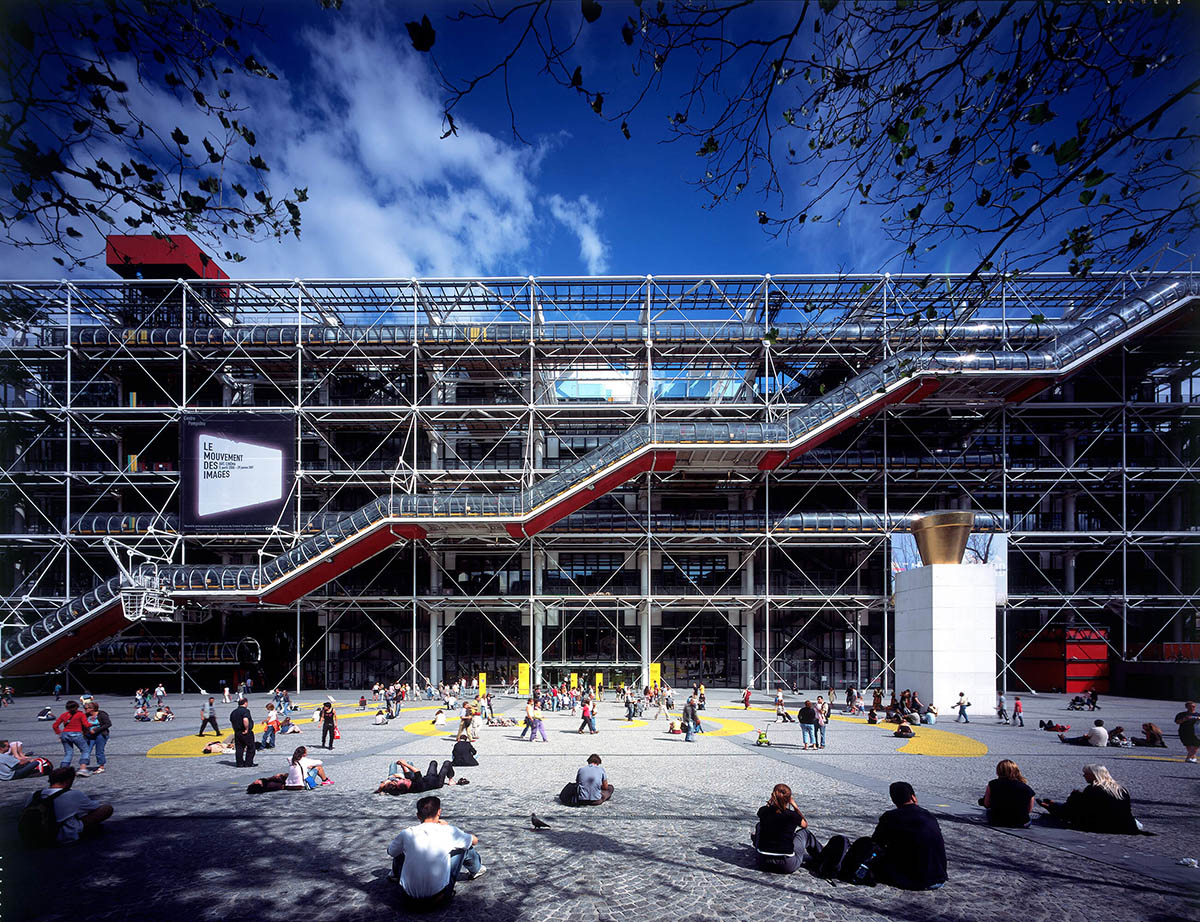Richard Rogers to step down from Rogers Stirk Harbour + Partners
Italian-British architect and pioneer figure of high-tech architecture Richard Rogers has retired from the practice he founded 43 years ago.

The Centre Pompidou in Paris was designed by Richard Rogers with Renzo Piano. Image courtesy of Rogers Stirk Harbour + Partners
The 87-year-old, who is behind hi-tech landmarks including the Lloyd’s building in London, the Pompidou Centre in Paris and the Millennium Dome, will have his name removed from the firm of Rogers Stirk Harbour + Partners in the coming months as part of the practice’s constitution.
He told the Guardian he wished his partners, Graham Stirk and Ivan Harbour, the best and that now was the time to go. “I am going to retire in a short time,” he said. “I will enlighten myself and let them go ahead.”
News of his retirement emerged from a Companies House filing on Friday that announced his termination as a director of the limited liability partnership. He formally retired in June from the board of RSHP, which will be led by Stirk and Harbour with the support of nine other partners.
“Richard has been a huge inspiration to us all at RSHP and to the architectural profession globally,” said co-founder Ivan Harbour in a statement.
“His humanity, integrity and generosity are reflected in the practice he founded, and which continues to be guided by his principles.”
Although there is no reason given, according to a statement, the practice said Richard Roger’s departure has been “planned since 2007, as part of the comprehensive succession planning strategy established when the Richard Rogers Partnership became Rogers Stirk Harbour & Partners”.
Pritzker Prize-winning architect Richard Rogers, who was born in Florence and moved to Britain aged six, is a significant name in high-tech architecture with modernist and functionalist designs.
He has won several of world architecture’s top prizes, including the Thomas Jefferson memorial foundation medal in 1999 and the Praemium Imperiale prize for architecture in 2000. His firm twice won the Royal Institute of British Architects’ Stirling Prize, awarded for the building of the year, for a terminal at Barajas airport in Madrid in 2006 and a Maggie’s cancer care centre in London in 2009.

















